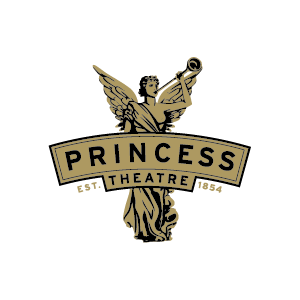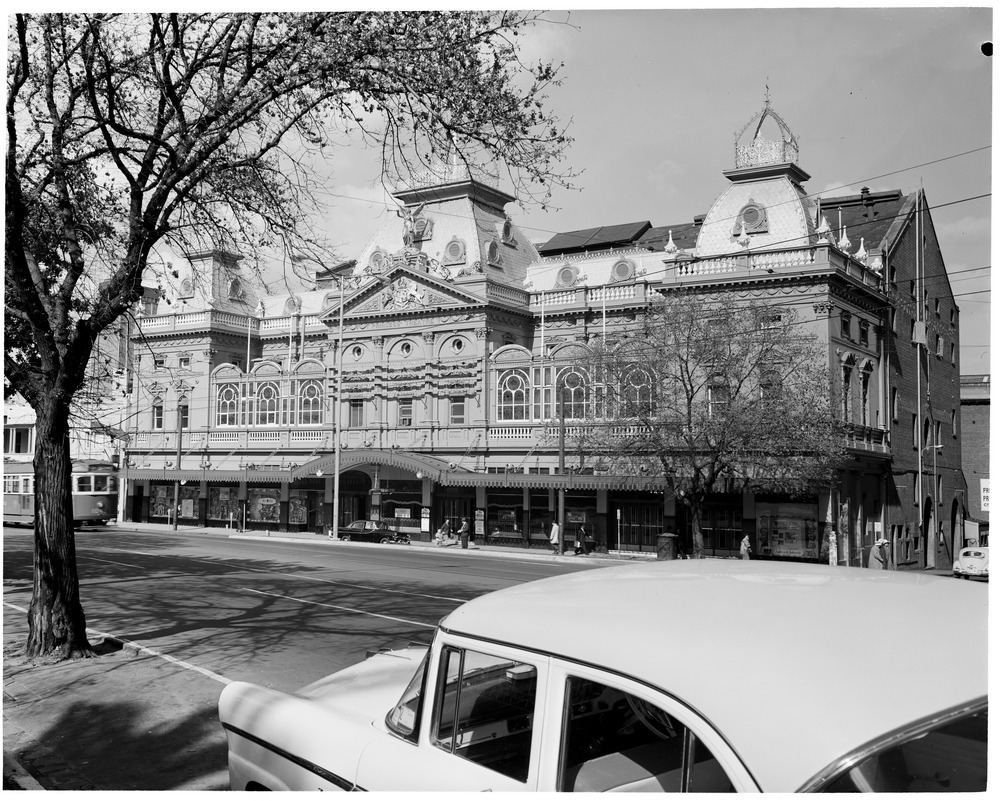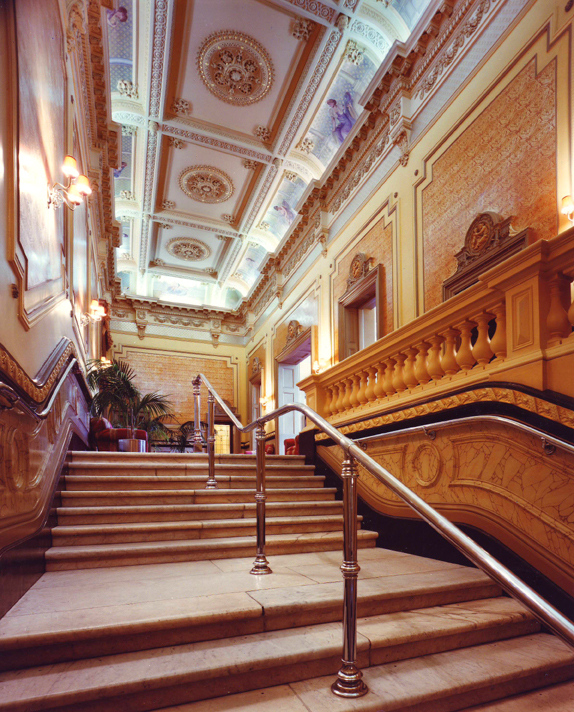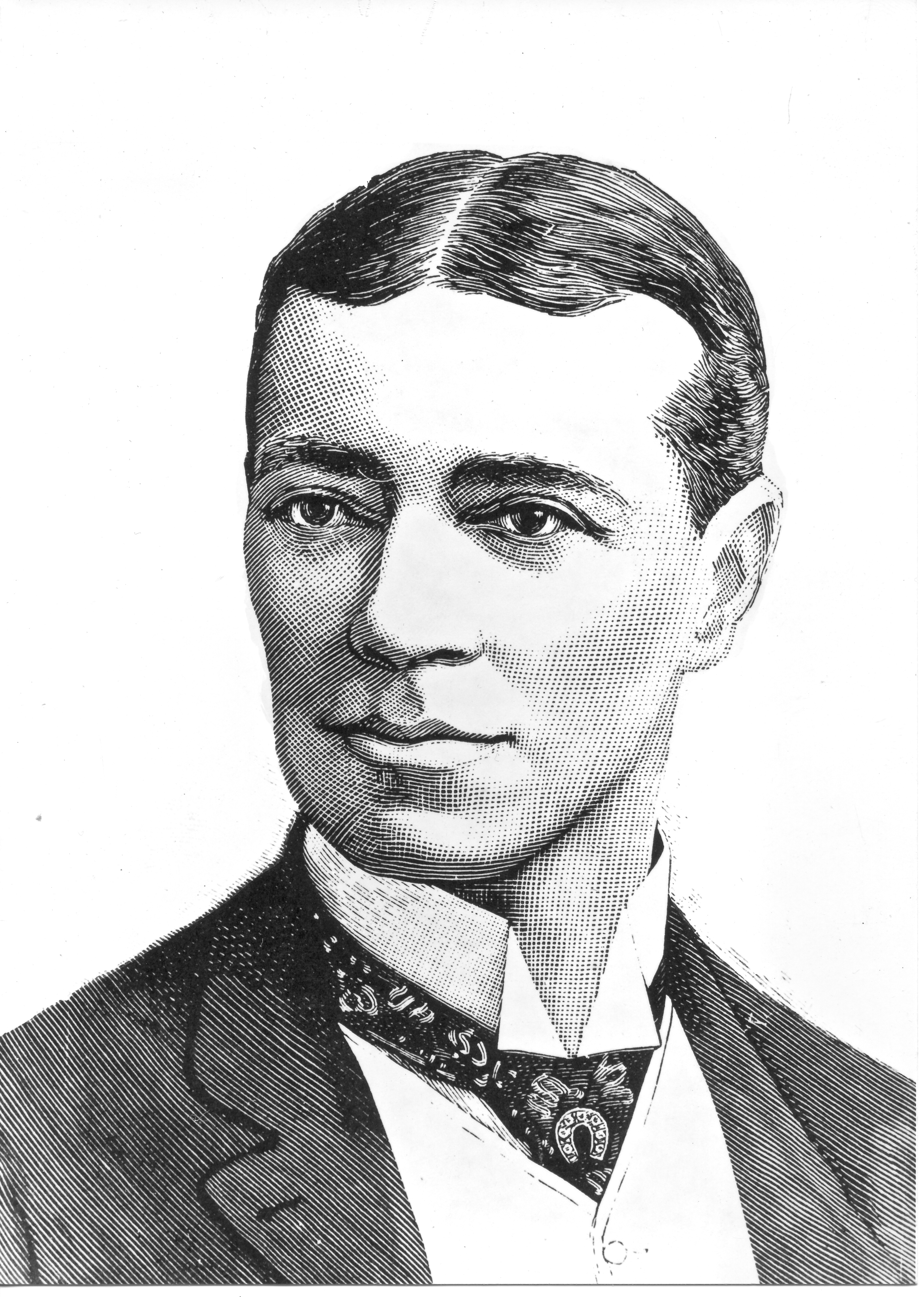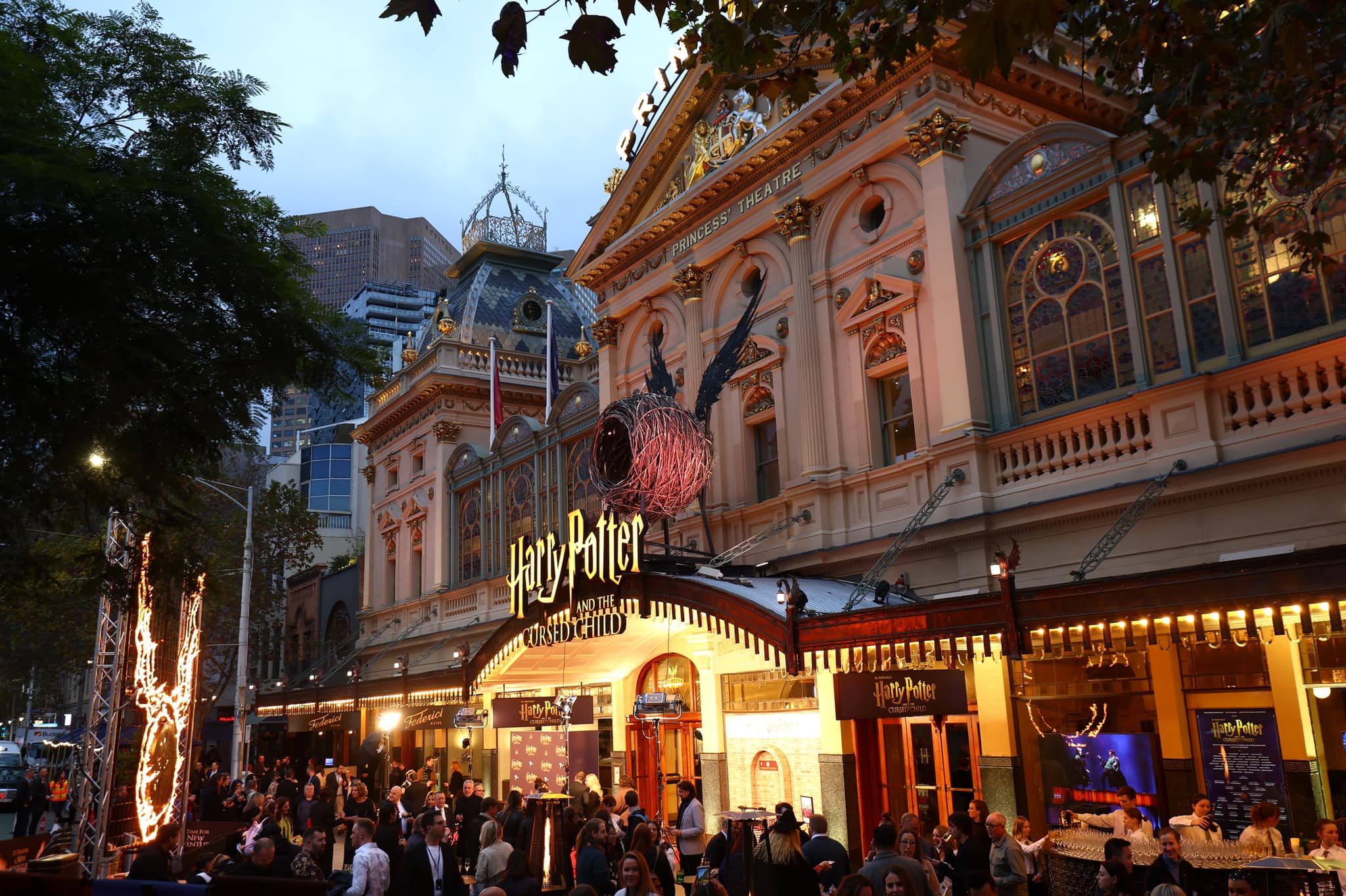Princess Theatre History
The Princess Theatre has a remarkable history, almost dating back to Melbourne’s foundation.
Originally an equestrian amphitheatre, the Spring Street site was extended and remodelled in 1857 by Australia’s theatre impresario of the time, George Coppin, and opened as The Princess Theatre and Opera House.
Ownership of the theatre changed on an almost annual basis, and underwent several more renovations – the most significant being in 1865, with everything other than the shell of the building rebuilt from scratch. Despite initial commercial success, the building fell into disrepair and closed on 3 January 1885.

